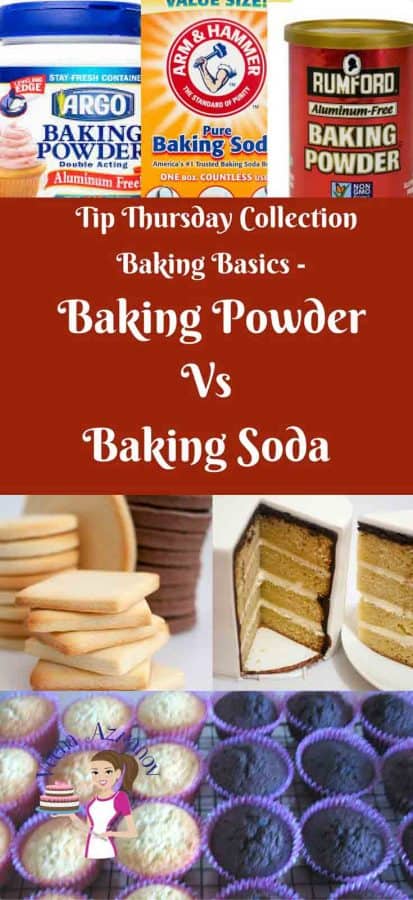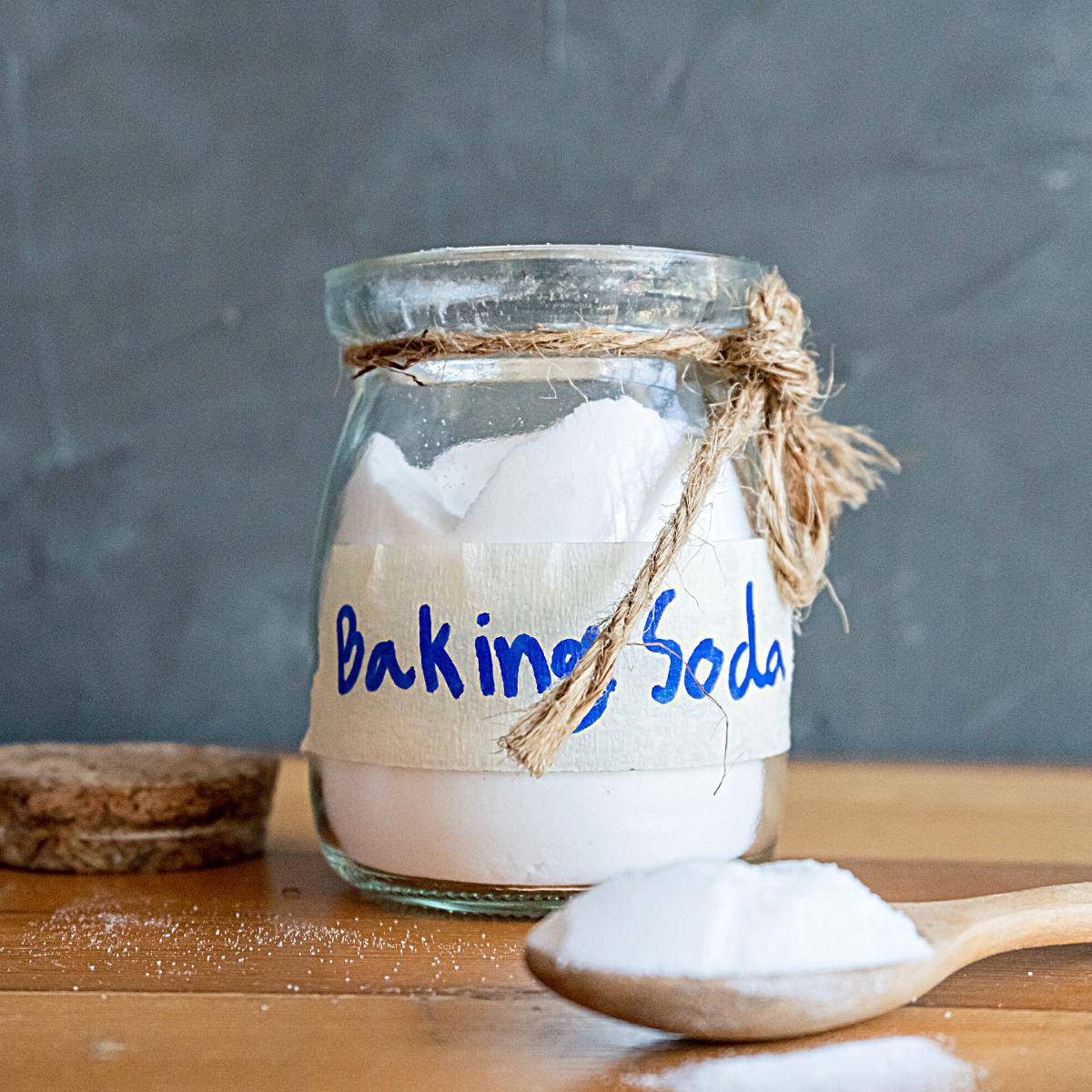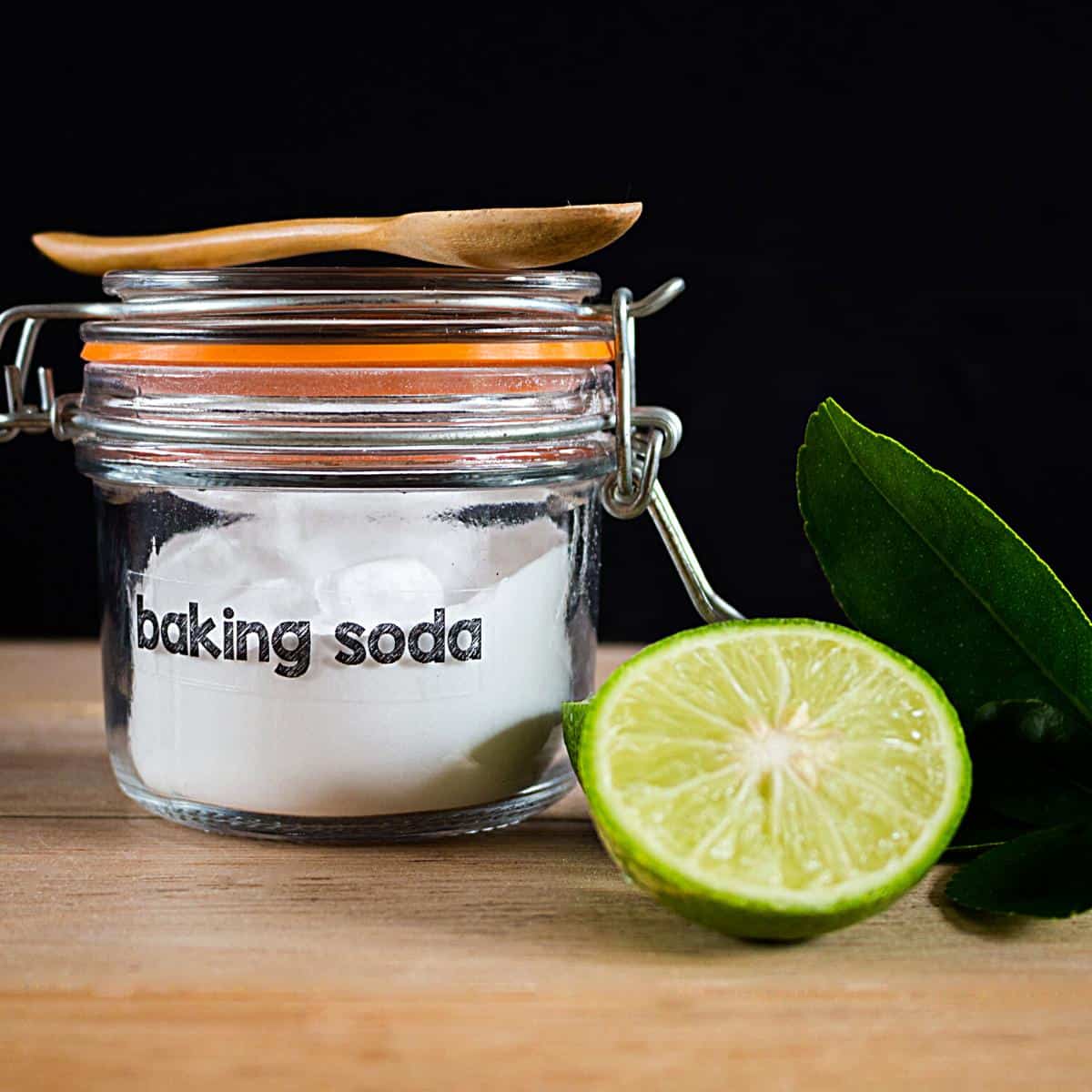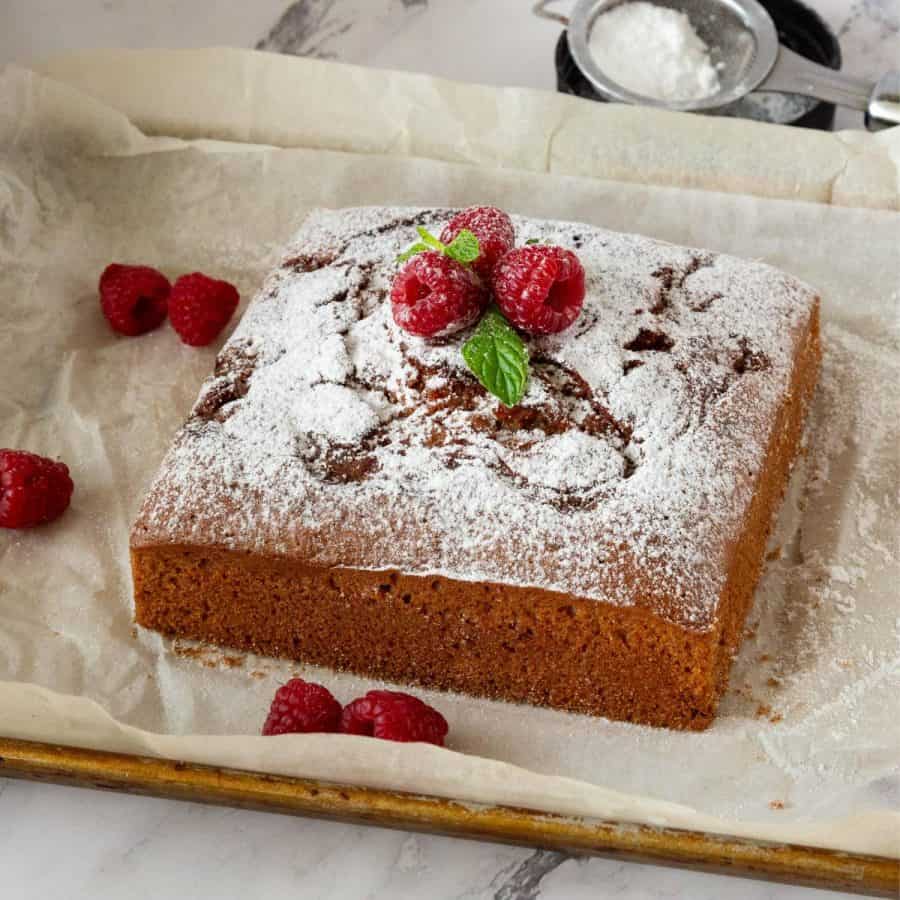If you’ve ever felt the frustration of ruining a cake because you used baking powder instead of baking soda, you’re not alone. Many people face this common baking dilemma and don’t understand why their recipe went wrong. To avoid this disappointment, it’s important to understand the difference between baking powder and baking soda. In this article, you’ll learn how these ingredients work differently, why they are used, and how to choose the right one for your baking needs. By the end, you’ll be a pro at knowing which ingredient to use, and your baking skills will thank you for it.
Baking bread 101 – Beginners Guide How to Make Homemade Jam with Any Fruit How sugar affects baking No Yeast Bread: Soda Bread – No Knead 50% Whole Wheat Sourdough Bread Recipe
Frequently asked questions
Thank you for sharing - Save for later
Baking Powder: Baking powder is a mixture of several ingredients, including baking soda, an acidic compound (typically cream of tartar), and sometimes a stabilizer (such as cornstarch). The purpose of baking powder is to provide a reliable leavening action in recipes. It is often referred to as “double-acting” because it has two stages of reaction. The first reaction occurs when it is mixed with the liquid ingredients in the recipe, producing carbon dioxide gas. The second reaction takes place when the mixture is heated in the oven, further releasing carbon dioxide and causing the dough or batter to rise. The addition of the acidic compound in baking powder eliminates the need for an acidic ingredient in the recipe. Baking Soda: Baking soda, also known as sodium bicarbonate, is a single ingredient that is alkaline in nature. When combined with an acidic ingredient, such as buttermilk, yogurt, lemon juice, or vinegar, baking soda undergoes a chemical reaction that produces carbon dioxide gas. This reaction causes the dough or batter to expand and rise. Baking soda needs an acidic ingredient to activate its leavening properties properly. It is important to note that baking soda on its own does not have the same leavening power as baking powder, and it requires the presence of acid for it to be effective. In summary, baking powder is a mixture of baking soda, an acidic ingredient, and sometimes a stabilizer, providing a self-contained leavening action in recipes. Baking soda is a stand-alone alkaline ingredient that requires an acidic component in the recipe to activate its leavening properties. Understanding the properties and usage of these leavening agents is crucial for achieving the desired texture and rise in your baked goods.
Leavening Agents: Both baking powder and baking soda are leavening agents used in baking to help doughs and batters rise. They create carbon dioxide gas, which causes the mixture to expand and become lighter during baking. Chemical Reactions: Both baking powder and baking soda undergo chemical reactions when combined with moisture and heat. Baking soda, a base, requires an acidic ingredient to react and release carbon dioxide. Baking powder already contains an acidic ingredient and baking soda, so it reacts with any liquid in the recipe. Versatility: Baking powder and baking soda can be used in baked goods, including cakes, cookies, muffins, pancakes, and bread. They are essential ingredients for achieving the desired texture and rise in many recipes. Shelf Life: Both baking powder and baking soda have a relatively long shelf life when stored in a cool and dry place. However, checking the expiration dates and testing their effectiveness before using them is essential, as they can lose their potency over time.
It’s worth mentioning that this test is primarily used to determine the potency of baking soda and its ability to generate carbon dioxide gas for leavening. If you’re unsure about the freshness of your baking soda or need to rely on its leavening power, it’s generally recommended to use a fresh supply to ensure the best results in your baking endeavors. Ingredients:
1 part baking soda 2 parts cream of tartar 1 part cornstarch (optional, used as a stabilizer)
Instructions: It’s important to note that homemade baking powder does not have a long shelf life and may not have the same leavening power as commercially-produced baking powder. Therefore, it’s advisable to make small batches as needed and store it in an airtight container in a cool and dry place. Also, keep in mind that homemade baking powder may not perform exactly the same way as store-bought baking powder in all recipes, so it’s best to test and adjust as necessary. If you don’t have cream of tartar, you can substitute it with an equal amount of lemon juice or white vinegar to provide the necessary acidity for the leavening reaction. However, keep in mind that the substitution may slightly affect the flavor of the final product. The industrial processes used to manufacture baking soda involve specialized equipment and controlled conditions that are not feasible to replicate at home. Therefore, it is not possible to make baking soda from scratch in a typical household setting. Baking soda is widely available and affordable, and you can easily find it in grocery stores, supermarkets, and online retailers. It’s a versatile ingredient that has various uses, including baking, cleaning, and personal care. If you need baking soda for your recipes or other purposes, it is recommended to purchase it commercially.

































